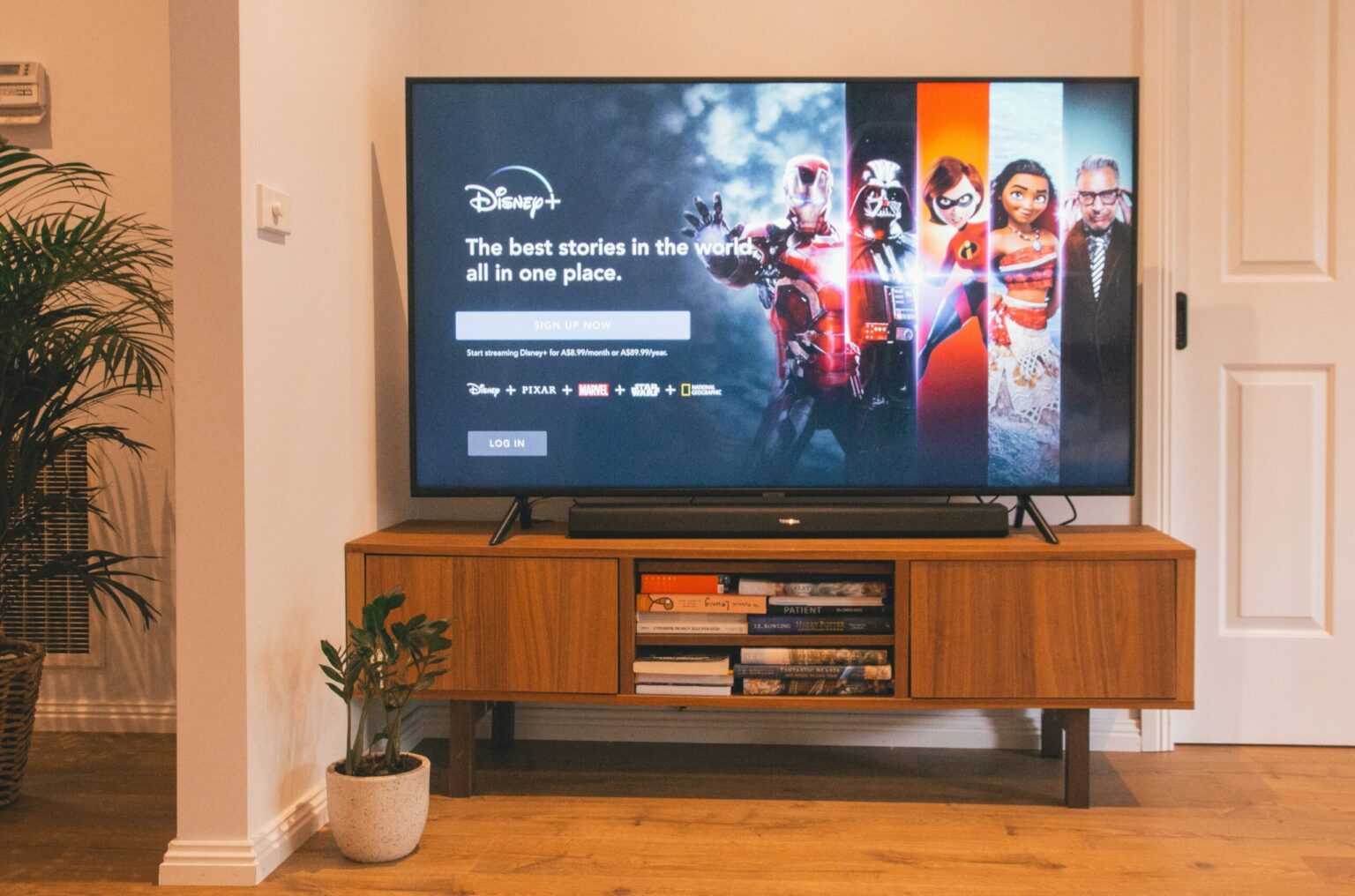Overview of the Dispute
On September 1, 2024, DirecTV subscribers were left without access to key Disney-owned channels, including ABC, ESPN, FX, and National Geographic, due to a breakdown in negotiations over carriage fees. This dispute has escalated tensions between content providers like Disney and satellite television distributors such as DirecTV. As a result, millions of viewers are now facing frustration and uncertainty over their television access, particularly in the midst of major sporting events and prime-time TV shows.
The Core of the Disagreement: Carriage Fees
At the center of the standoff is the disagreement over the fees DirecTV must pay to carry Disney’s channels. Media companies like Disney often sign multi-year agreements with cable and satellite providers to determine the rates distributors must pay to air their content. Disney asserts that its fee demands are justified, citing rising production costs and the immense value of its programming. In contrast, DirecTV maintains that Disney’s proposed increases are unreasonable and would force them to pass on these higher costs to subscribers.
DirecTV’s spokesperson expressed concern, stating, “Disney is demanding significant fee increases that would hurt our customers,” while Disney responded by accusing DirecTV of refusing to negotiate in good faith, claiming that it has made fair offers that have been rejected.
Impact on Viewers, Especially Sports Fans
The timing of the blackout couldn’t be worse for DirecTV subscribers, particularly those who rely on ESPN for live sports coverage. With the NFL and college football seasons starting, fans are left without access to crucial games. Additionally, the removal of ABC has deprived subscribers of essential primetime programming and local news broadcasts. The timing of the blackout has only fueled the anger of subscribers, many of whom have voiced their frustrations on social media, threatening to switch to streaming services if the situation isn’t resolved quickly.
“I pay for DirecTV mainly for ESPN,” one user posted. “If they don’t fix this, I’m switching to streaming.”
A Growing Trend in the TV Industry
This ongoing dispute is part of a broader trend in the television industry, where rising tensions over carriage fees are becoming increasingly common. As more viewers move away from traditional cable and satellite TV in favor of streaming services, traditional providers like DirecTV are under increasing pressure to keep subscription costs low. Meanwhile, content providers such as Disney are aiming to capitalize on the shift in consumer behavior, seeking higher fees to compensate for the decline in advertising revenue.
In recent years, similar disputes have occurred between major networks like NBC, CBS, and Fox, and their distributors. While many blackouts are temporary, with both sides eventually reaching a compromise, the ongoing shift towards digital streaming continues to exacerbate the tensions.
What Happens Next?
Negotiations between Disney and DirecTV remain ongoing, but as of now, there is no clear end in sight. Historically, such disputes have been resolved within a few weeks, but some have dragged on for months. Both sides have a strong incentive to reach an agreement, especially as the fall TV season approaches, along with major sporting events that drive viewership.
For those looking for alternative options to access Disney’s content, streaming services such as Hulu + Live TV, YouTube TV, and ESPN’s direct-to-consumer platforms may provide a temporary solution. However, this could be an expensive option for subscribers who do not want to pay extra for multiple services.
Conclusion: Who Will Blink First?
The current blackout of Disney’s channels on DirecTV is another indication of the shifting dynamics in the TV industry. As both sides stand firm in their demands, the real losers in this dispute are the viewers who find themselves without access to the programming they enjoy. With mounting pressure on both Disney and DirecTV, it remains to be seen how long this high-stakes standoff will last—and which side will ultimately blink first.
